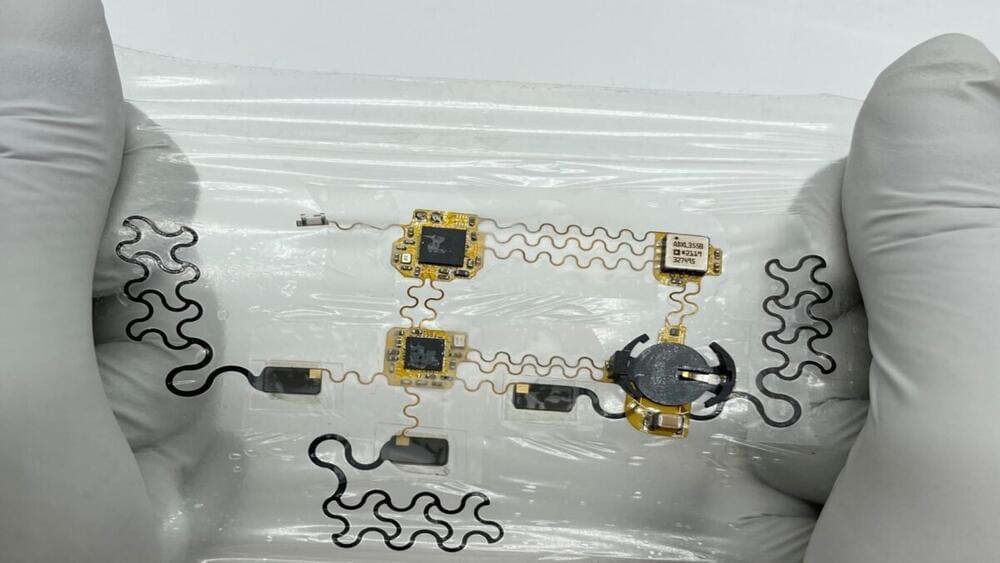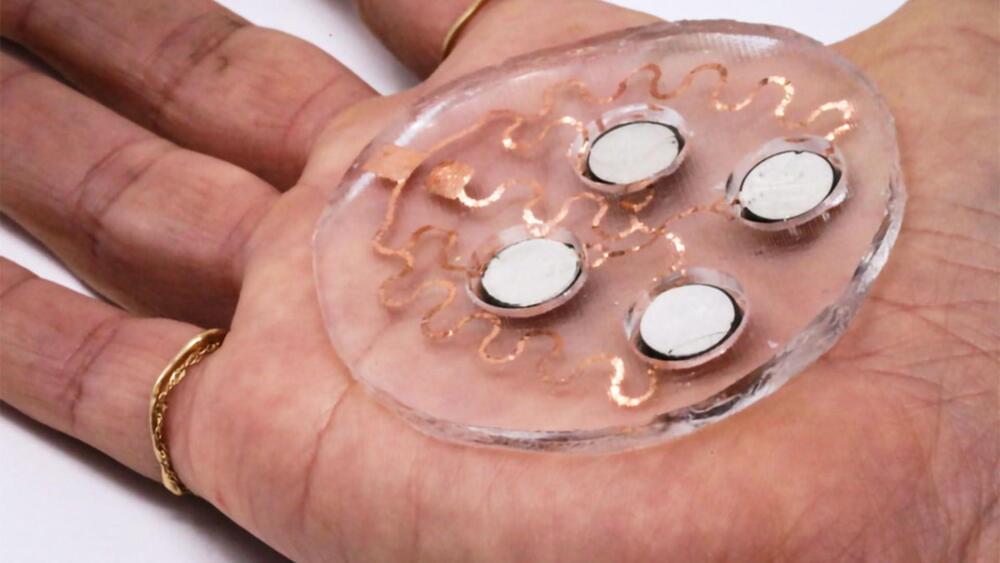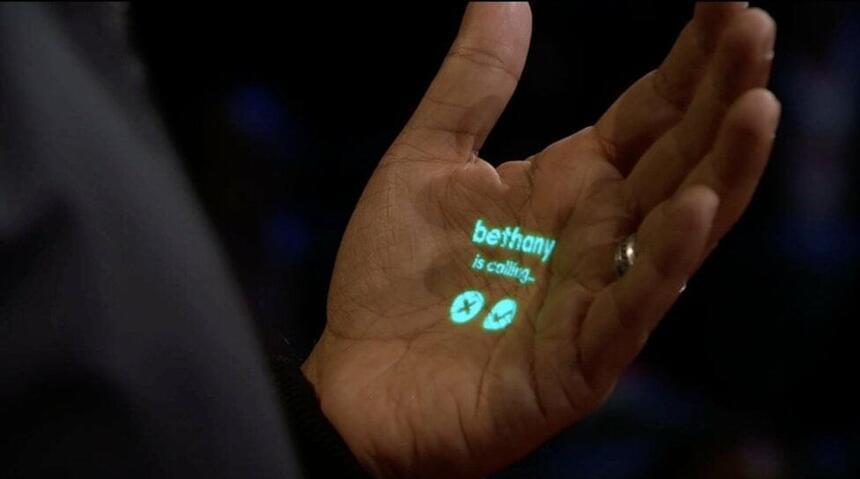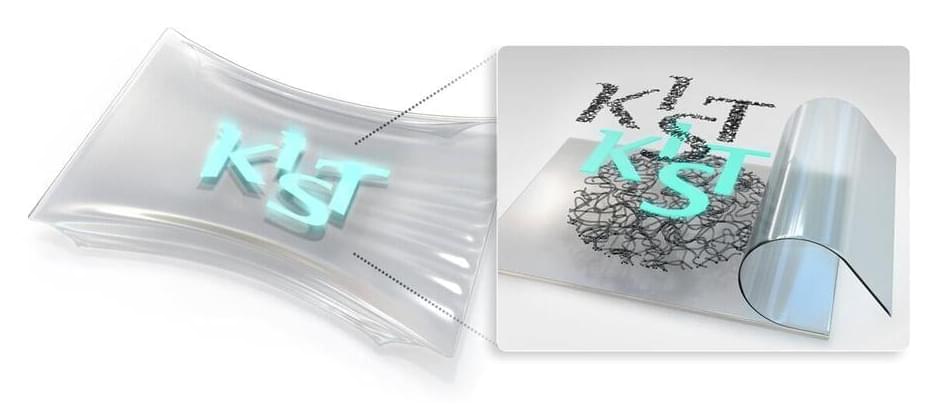Revolutionizing the process of heart monitoring, researchers have developed a wearable e-tattoo that provides continuous heart monitoring outside of a clinical setting.
A team of researchers from The University of Texas at Austin has created a flexible and wearable medical device that could transform the fight against heart disease. This device called an electronic tattoo or e-tattoo, can be attached to the chest to continuously monitor the heart outside of clinical settings.
The e-tattoo is wireless and mobile, as it has small active circuits and sensors linked by stretchable interconnections. The device weighs just 2.5 grams and can be worn comfortably with a medical dressing.
University of Texas.






